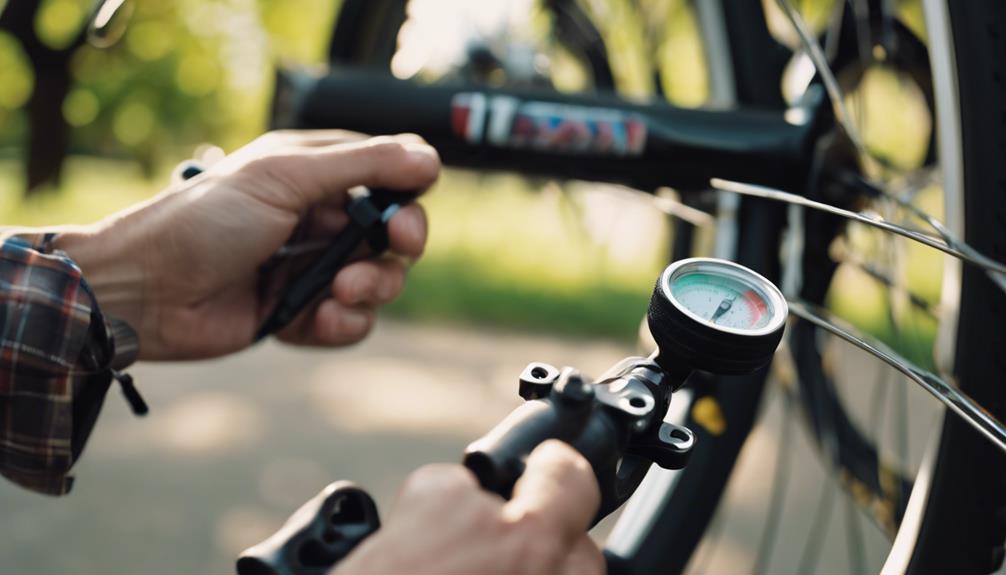In recent years, fat tire mountain bikes have surged in popularity among cycling enthusiasts. Designed for specific terrains and conditions, these bikes are distinguished by their oversized tires, which offer increased traction and stability. This article explores the features, advantages, and best practices associated with fat tire mountain biking, providing insights into why these bikes are becoming the go-to choice for many outdoor adventurers.
Understanding Fat Tire Mountain Bikes
Fat tire mountain bikes are characterized by tires that are typically 3.8 inches wide or wider. This design allows riders to traverse a variety of terrains, including sand, snow, and rocky paths, with ease. The broader tires provide a larger contact area with the ground, enhancing grip and stability.
Key Features of Fat Tire Mountain Bikes
- Wide Tires: The most defining feature, allowing for better flotation and traction.
- Robust Frame: Designed to accommodate the larger tires, often constructed from durable materials.
- Lower Tire Pressure: Allows for improved shock absorption and comfort on rough terrains.
- Versatile Gear Options: Many fat bikes come with a wide range of gearing to tackle different inclines and terrains.
The Advantages of Riding a Fat Tire Mountain Bike
Fat tire mountain bikes offer several distinct advantages that cater to different types of riders and terrains. Here are some key benefits:
1. Enhanced Stability
The wide tires provide improved stability, particularly on loose surfaces like sand or snow. This stability reduces the likelihood of slipping and falling, making fat bikes a great choice for beginners and seasoned riders alike.
2. Better Traction
Fat tires can grip the ground better than standard mountain bike tires, especially in challenging conditions. This feature is particularly beneficial when riding on:
- Snowy trails
- Sandy beaches
- Rocky paths
3. Comfort on Rough Terrains
By allowing for lower tire pressure, fat tire bikes can absorb bumps and shocks more effectively than their slimmer counterparts. This increased comfort leads to longer and more enjoyable rides.
4. All-Season Riding
Fat tire mountain bikes are suitable for year-round use. They can handle snow in winter and muddy trails in spring, enabling riders to enjoy cycling regardless of the season.
Choosing the Right Fat Tire Mountain Bike
When selecting a fat tire mountain bike, it’s essential to consider various factors to ensure that you choose the right model for your needs. Here are some important aspects to keep in mind:
1. Frame Material
Fat bikes come in various frame materials, including aluminum, steel, and carbon fiber. Each material has its pros and cons:
- Aluminum: Lightweight and affordable, making it a popular choice for many riders.
- Steel: Offers durability and can absorb vibrations well, but may be heavier.
- Carbon Fiber: Lightweight and high-performance, but typically more expensive.
2. Tire Size
While fat tires are generally wider than traditional mountain bike tires, they still vary in size. Common widths include:
- 4.0 inches
- 4.5 inches
- 5.0 inches or more
Choosing the right size depends on the type of terrain you plan to ride on.
3. Suspension Options
Fat tire bikes may come with different suspension setups:
- Hardtail: Offers a lighter bike with less maintenance, suitable for smoother trails.
- Full Suspension: Provides better shock absorption and comfort on rugged terrains.
Fat Tire Mountain Biking: Best Practices
To maximize your experience with fat tire mountain biking, consider the following best practices:
1. Tire Pressure Adjustment
Experimenting with tire pressure can greatly affect performance. Lower pressure enhances grip but may increase susceptibility to pinch flats. Higher pressure provides less traction but can improve speed on hard-packed surfaces.
2. Body Positioning
Maintaining the right body position is crucial for control:
- Keep your weight centered over the bike.
- Bend your elbows and knees to absorb shocks.
- Lean into turns to maintain balance.
3. Trail Etiquette
While riding, ensure you are respectful of the trails and other riders:
- Yield to other trail users.
- Stay on designated trails.
- Pack out what you pack in to keep trails clean.
Case Studies: Fat Tire Mountain Biking in Action
Several organizations and communities have embraced fat tire biking, showcasing its versatility and appeal. Here are a few notable examples:
1. The Fat Bike Revolution in Alaska
Alaska has become a hub for fat tire biking, particularly during the winter months. The Iditarod Trail Invitational, a 1,000-mile race, has seen a significant increase in fat bike participants. Riders navigate challenging terrain and extreme weather, highlighting the capabilities of fat tire bikes in the harshest conditions.
2. Urban Fat Biking
Cities like Minneapolis have seen a rise in fat biking as a means of winter transportation. The city hosts events and community rides that promote fat tire biking as a fun and efficient way to navigate snowy streets.
Conclusion: The Future of Fat Tire Mountain Biking
Fat tire mountain bikes offer a unique and enjoyable way to explore the great outdoors, regardless of the season. Their stability, traction, and comfort make them an appealing choice for both casual riders and serious cyclists. As more people discover the benefits of fat tire biking, it is likely we will see continued growth in this niche of the cycling community.
Whether you’re traversing snowy trails, sandy beaches, or rugged mountain paths, fat tire mountain bikes provide the versatility and performance needed for a thrilling ride. Embrace the adventure and consider adding a fat tire bike to your cycling arsenal—it’s an investment that promises endless exploration and fun!
